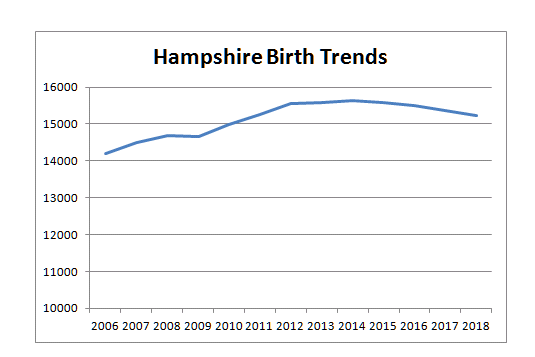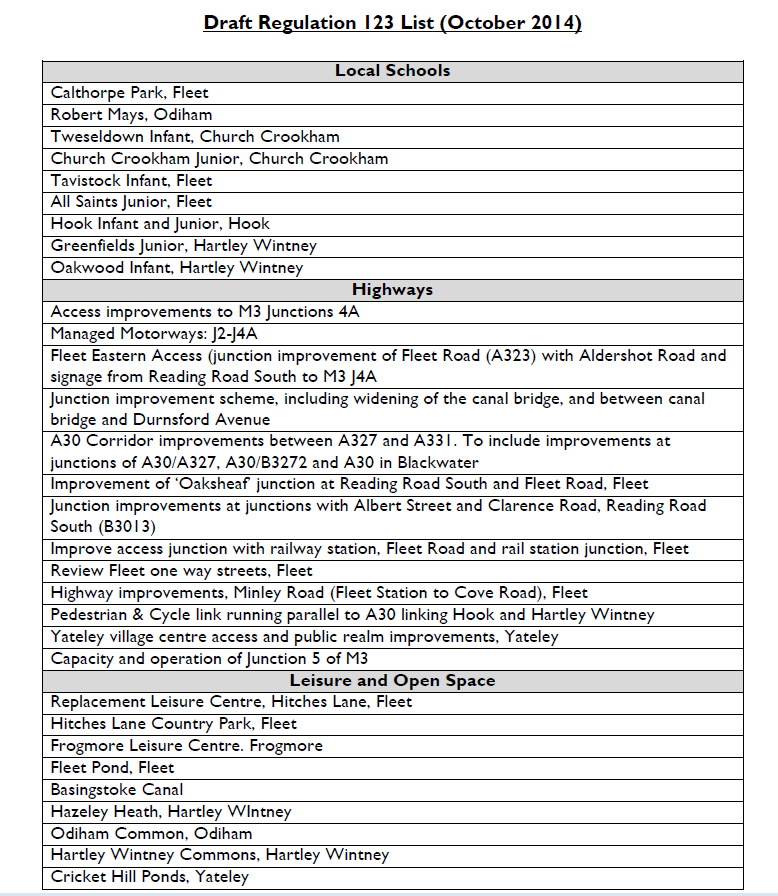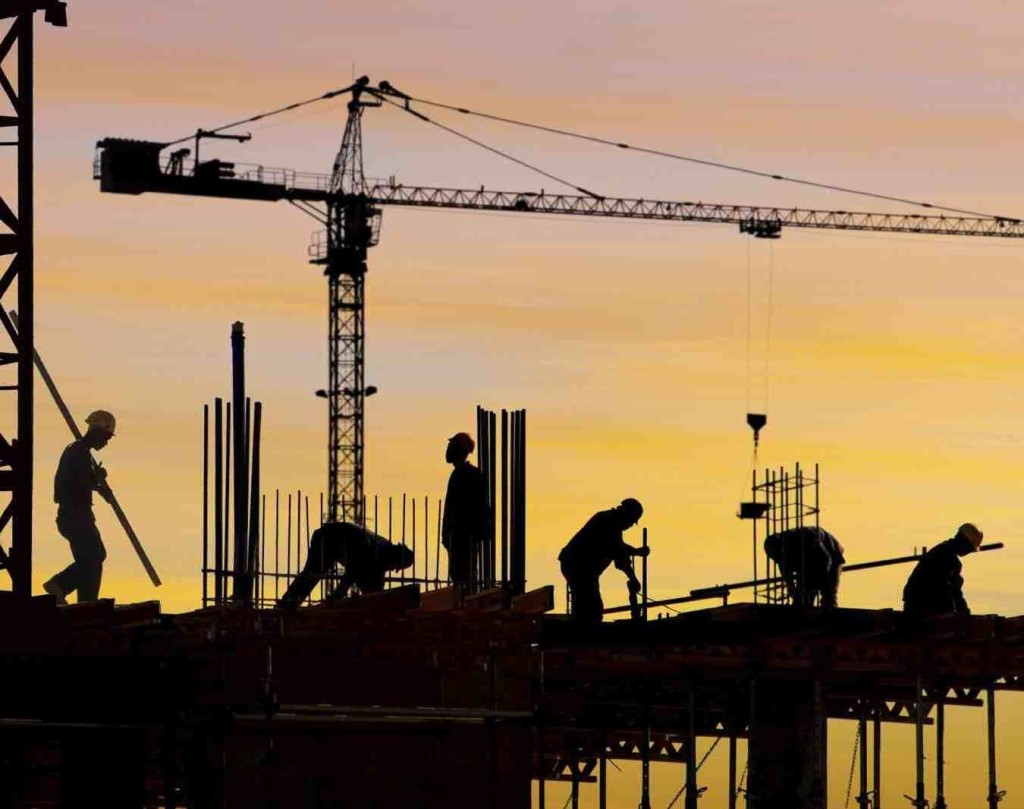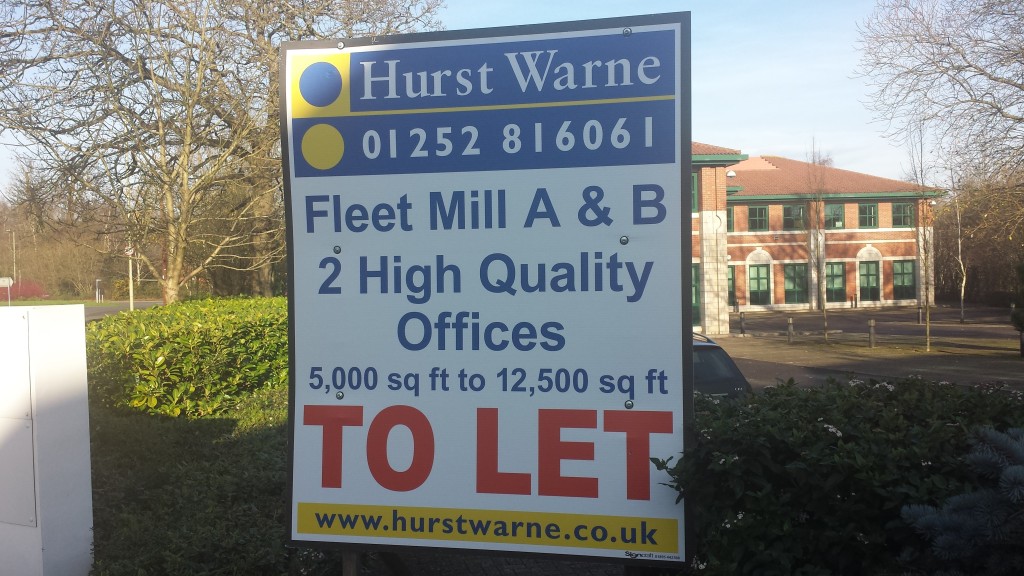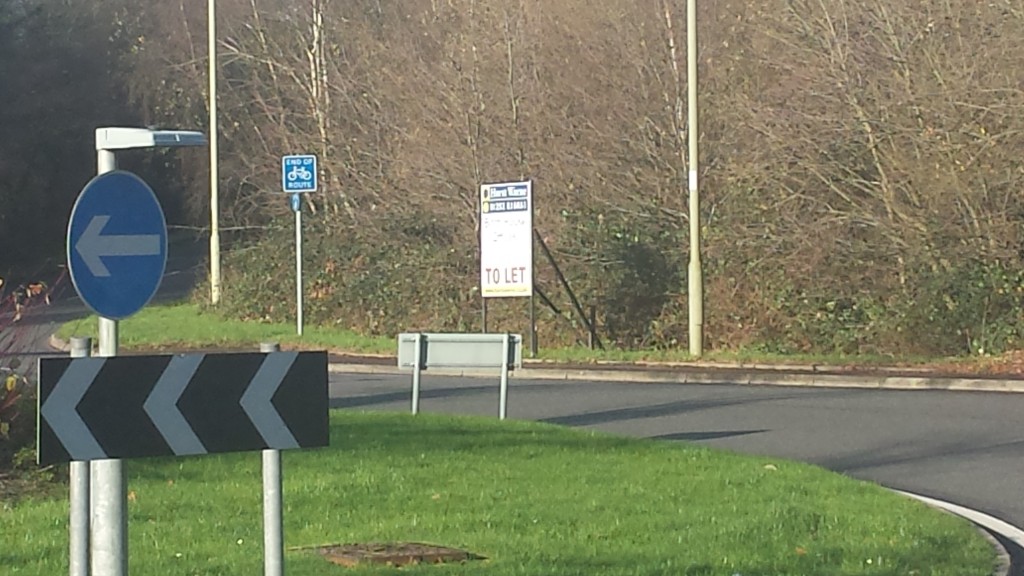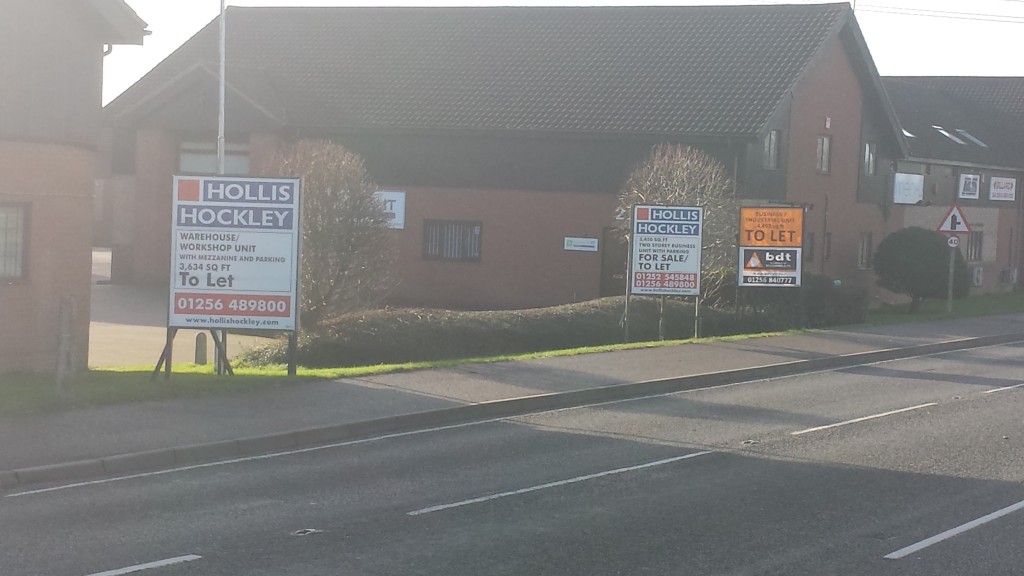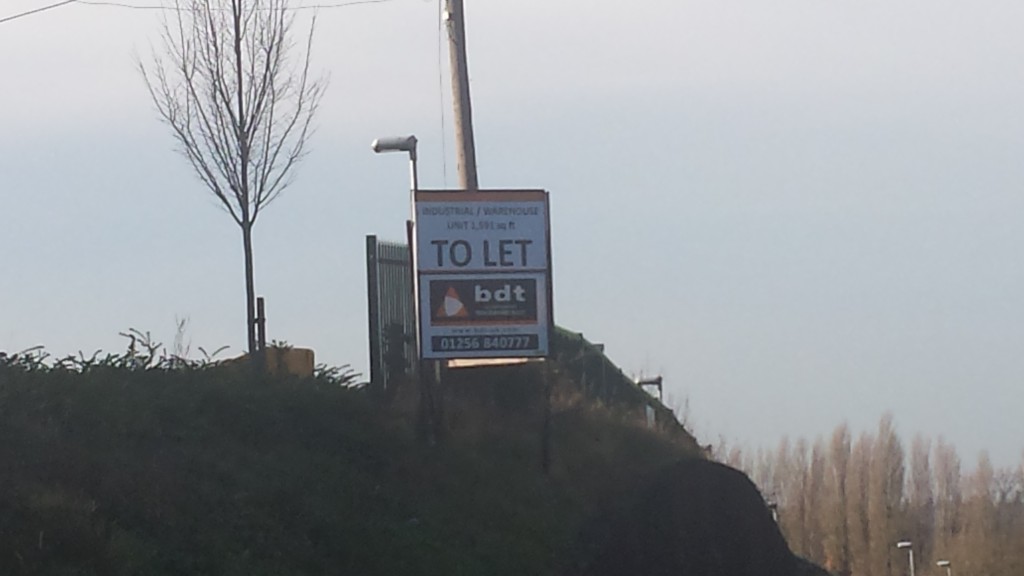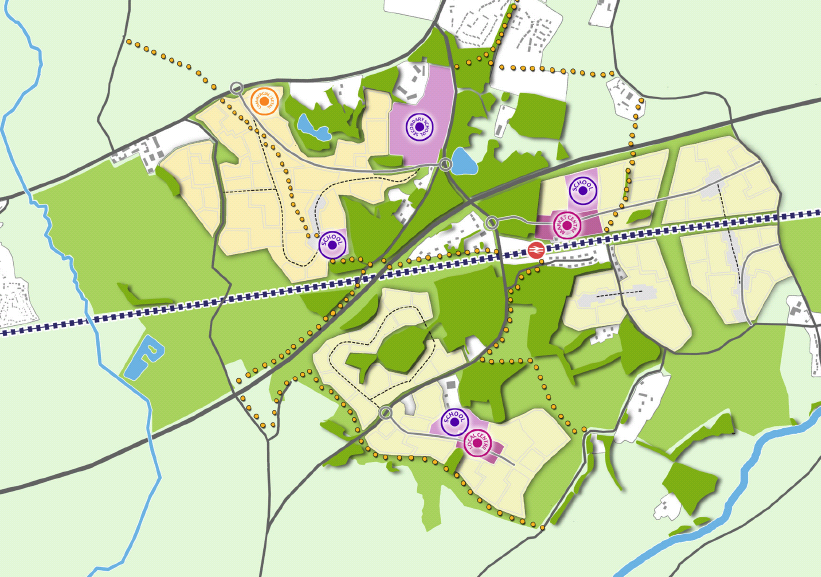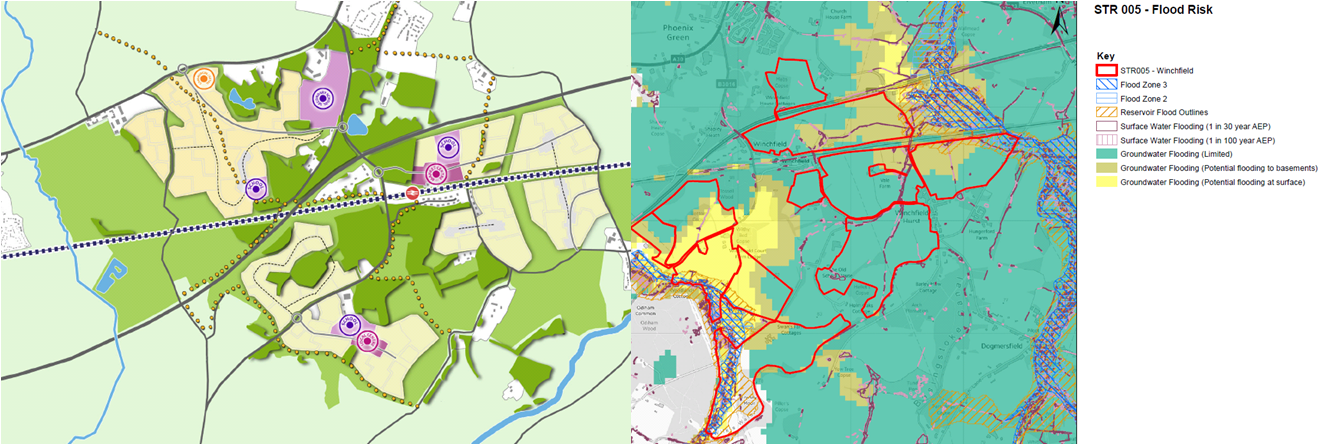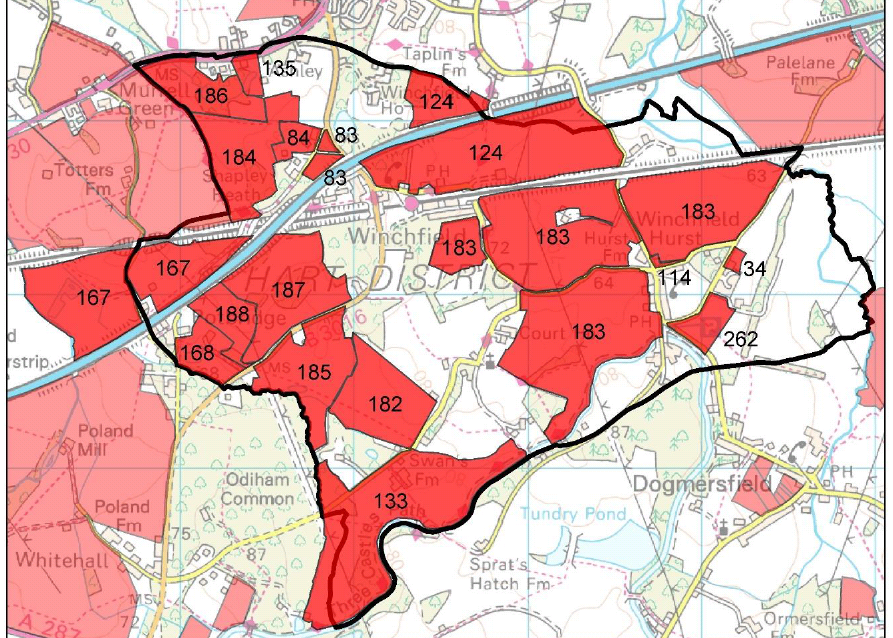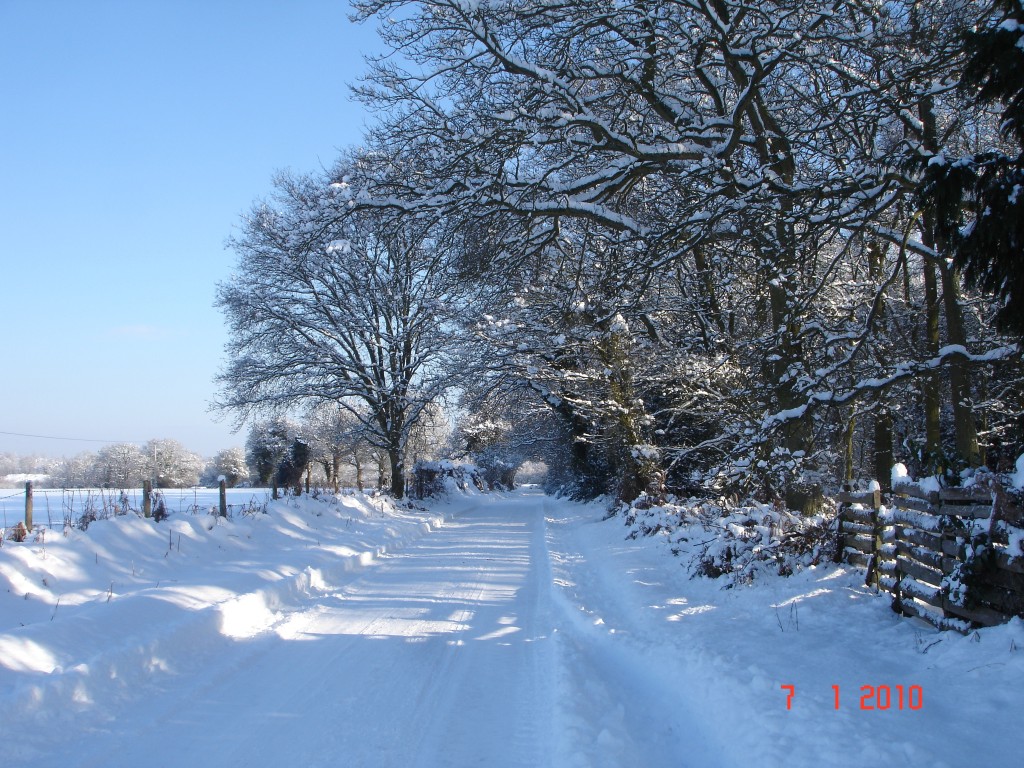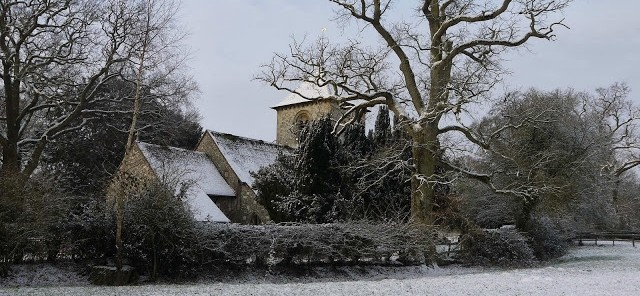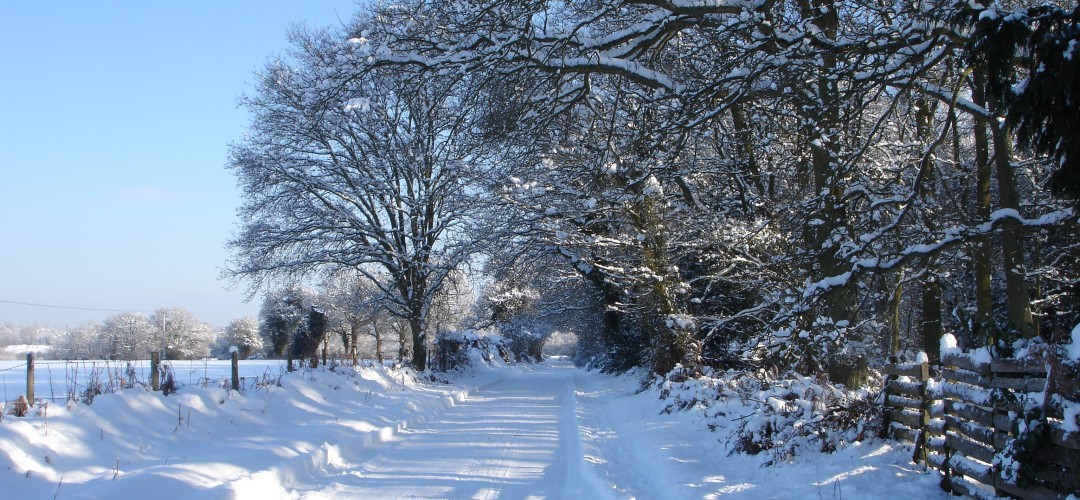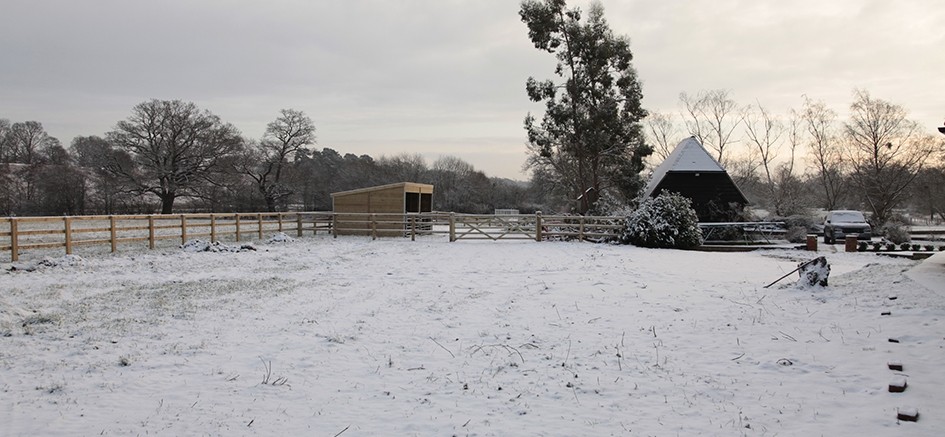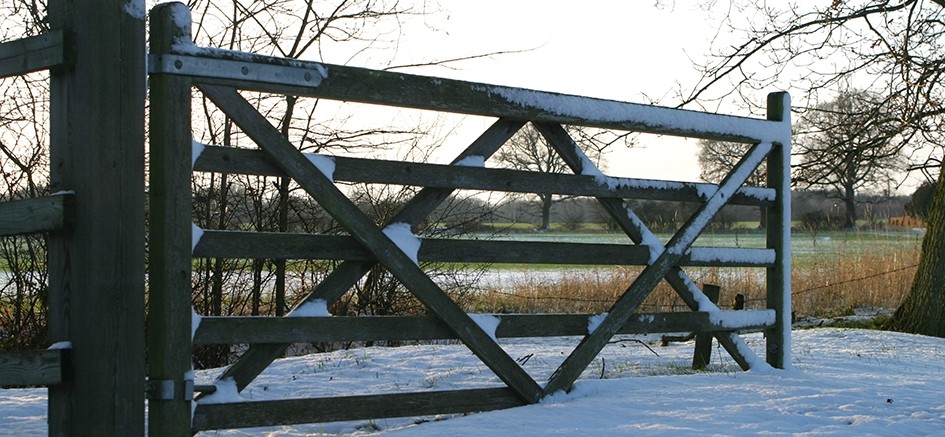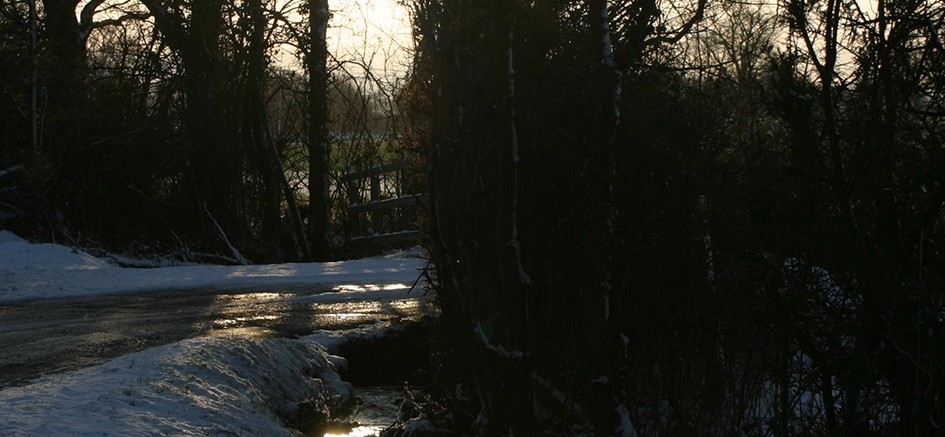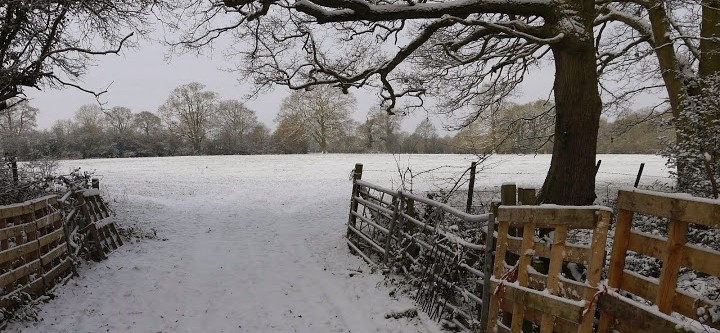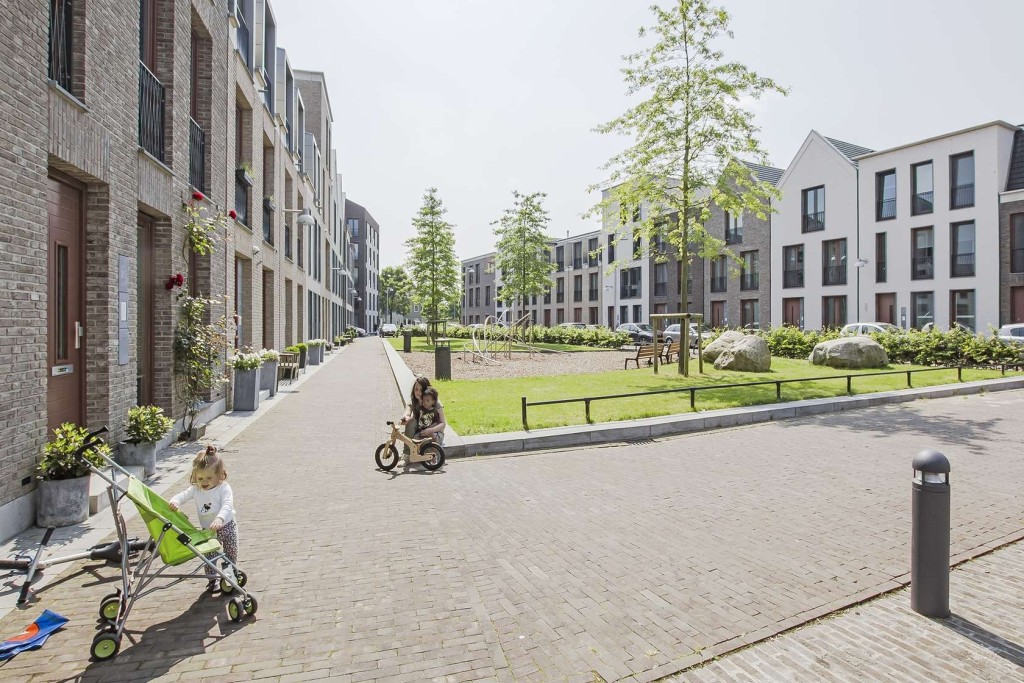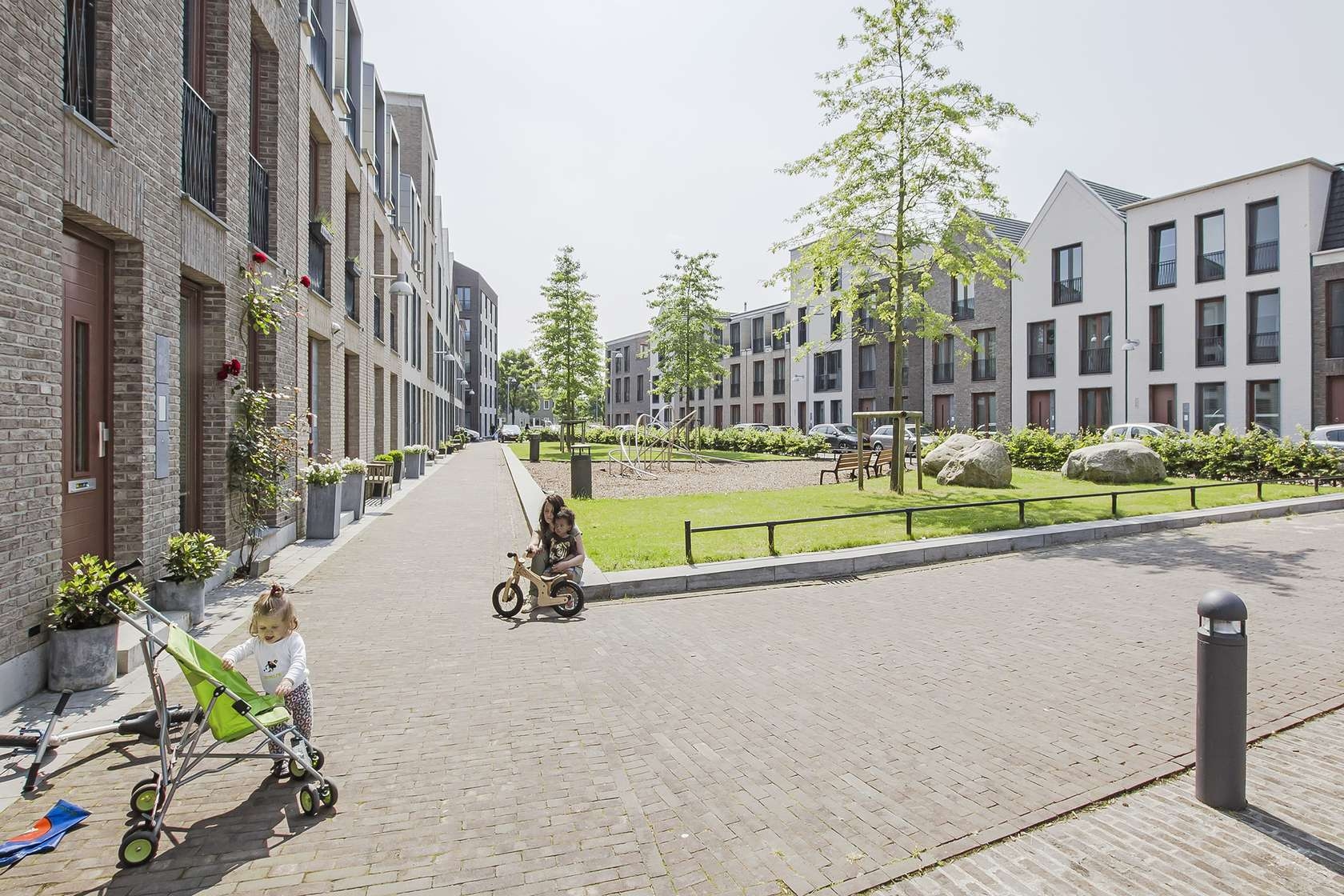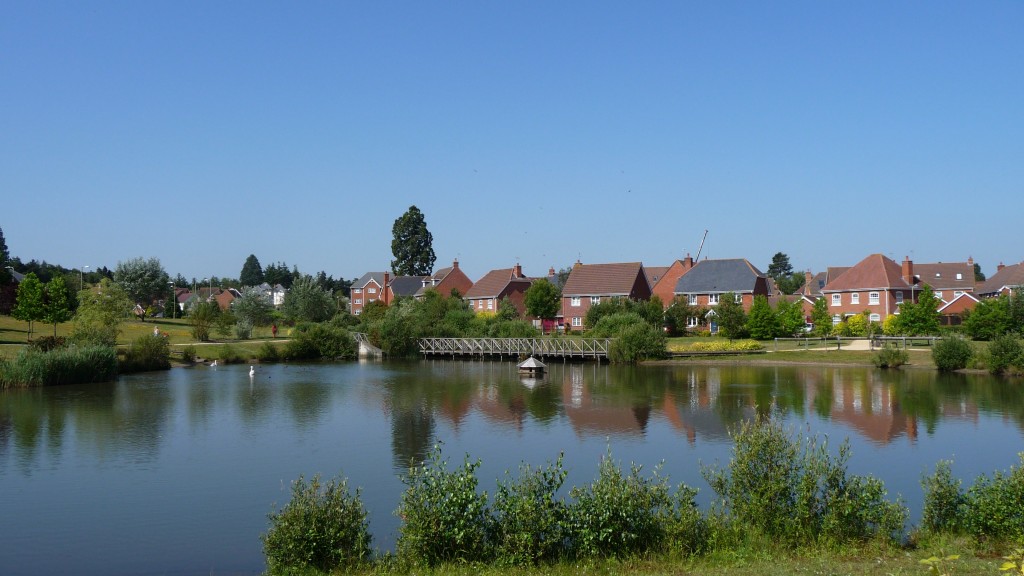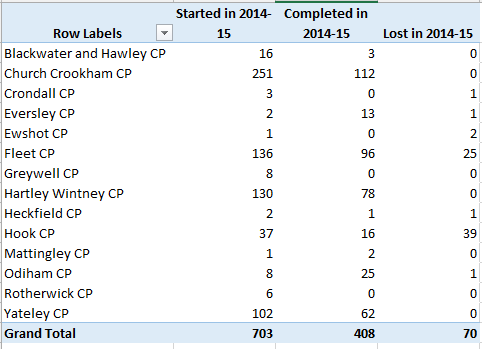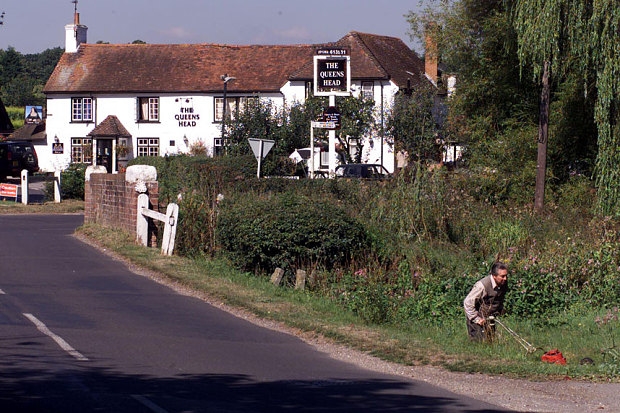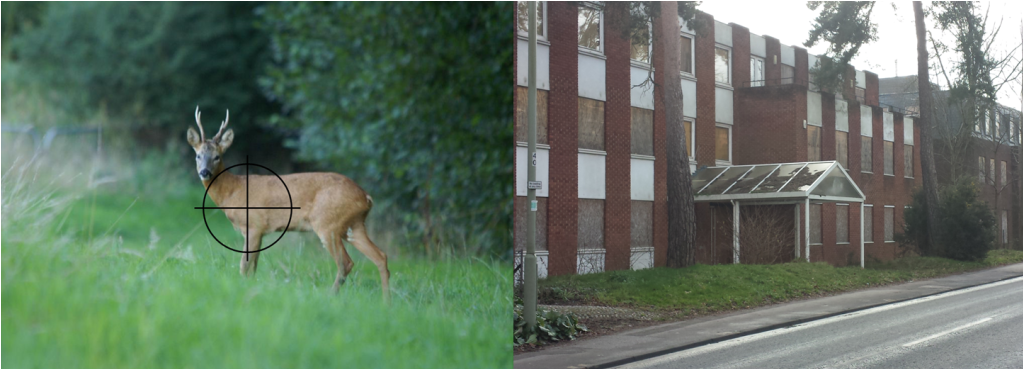
Which would you rather preserve – derelict eyesore or our wildlife?
As you know, Hart Council has begun a new consultation asking us where we would prefer to build the remaining 2,500 houses we are being asked to build as part of the Local Plan. This has generated some lively debate with some councillors and community groups favouring a new town. Whilst We ♥ Hart has a lot of sympathy with the residents of Fleet and Church Crookham, who have suffered from some poor planning decisions over the past years, we aim to show why it would be wrong to consider a new town or urban extension now and make a bad situation even worse.
We have to deliver over 370 houses per year up to 2032. If these were to be built on green field sites it would mean we would be concreting over the equivalent of 25 football pitches each and every year for 20 years. This is simply not sustainable, and it is clear something needs to change.
Eminent architects such as Richard Rogers, academics such as Professor Dieter Helm and journalists such as Simon Jenkins have called for our green spaces to be protected and for more building on brownfield land. The Government is also actively encouraging brownfield development.
The benefits are clear, in that less infrastructure investment is required to support this type of development, urban living makes better use of scarce resources, so is kinder to the environment and town and city dwellers use their cars less and so don’t cause as much congestion.
So, having established the general case for brownfield over green field development, what about the specifics of the proposals before us in Hart?
First, it can be done. We have gone through Hart Council’s data and shown that there are sufficient sites to meet our remaining needs on brownfield site alone, and if we can bring Pyestock into play and Hart are successful in their quest to find even more sites, we will have a surplus of brownfield sites.
Supporters of a new town point to the supposed infrastructure benefits, but we believe this argument is flawed. There is no doubt that there is a need for more infrastructure investment in our existing towns and villages, as is shown by the current £78m funding deficit. Even Hart Council acknowledge that new schools would cost £80-100m, but then when you add up the costs of new and improved roads, roundabouts, bridges, sewage works, and railway station, it is clear that a new town will require over £300m of infrastructure spending before you even get to providing new sports and community facilities. But a reasonable expectation of developer contributions is only around £50m. So, it is clear that a new town, or indeed an urban extension, could not get the infrastructure it needs and more importantly, would not do anything to address the problems in our existing communities .
By contrast, properly designed brownfield redevelopments (not office conversions) would generate developer contributions for local communities and if Hart Council followed Ranil Jayawardena’s advice, they could use compulsory purchase powers to buy up some of these sites and use the profits from development to fund even more local infrastructure.
When you look at travel to work patterns of Hart residents, it is clear that many people work in Fleet, Surrey Heath, Rushmoor and Waverley. So, residents of a new town will need to travel through Fleet, Church Crookham and Hartley Wintney adding to congestion. Other workers will travel through Hook to get to work in places like Basingstoke. Dispersal throughout the district will ease the congestion problem, and brownfield development to the east of Fleet will place workers closer to their jobs and offer greener transport alternatives.
Our housing needs assessment calls for 60-70% of new build properties to be 1 or 2-bedroomed and also calls for over 2,000 units of specialist accommodation for the elderly to be built up to 2031. A new town or urban extension is likely to continue to build predominantly larger properties at prices of over £500,000 which will no doubt be attractive to those who want to move from London, but will be out of reach of middle income households in Hart and so do nothing for local people. Well planned development of smaller properties on brownfield sites will do more to help our young people to get on the housing ladder and help older people when they want to down-size to free up their larger properties for growing families.
Of course planning for a new town or urban extension would also open us up to building 3,000 houses for Rushmoor and Surrey Heath. Whereas a vision and strategy to protect our green lungs in the heart of Hart would offer us some protection.
We also have to challenge the viability of the new town and urban extension plans. The new town would coalesce our villages into a massive urban sprawl that would effectively become Hartley Winchook. The proposed urban extensions would add further unwelcome development outside existing settlement boundaries. The professionals who have looked at the new town proposal have said “it would be challenging to plan a compact nuclear settlement on this site”, and of course there are other significant constraints such as lack of mains gas or sewage, flood risk and environmental damage. All of the new town and urban extension sites have been classed as “not currently developable” by Hart Council.
It is time to make a break from the past mistakes and change to a more sustainable strategy, with a planning horizon of 50 years ahead and realise that more and more housing estates in the countryside are simply not sustainable. We need to go for dispersal of our housing needs on brownfield sites across the district to build more affordable homes for our young people, create better specialist accommodation for the elderly and generate much needed infrastructure funding for local communities.
We have created a dedicated consultation page and two guides to responding to the consultation that are available on the downloads below. The comments are designed to be cut and pasted into the boxes provided. It will be very powerful if you could edit the comments into your own words. Please do find time to respond to the consultation and play your part in saving our countryside.
Full version:
Responses to Local Plan Consultation
2 Minute version:
Respond to Local Plan Consultation in 2 minutes

